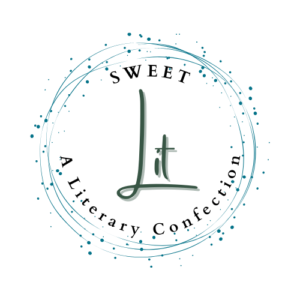Dear Jesse Lee Kercheval,
When I was mere three feet tall and unaware of the world, my parents bought our family the Nintendo Wii. As instructed by my mother, I kept the safety strap snug and secure around my wrist and was careful not to launch the remote into the television, as much as I might have wanted to after being bested by the neighbor in a game of Just Dance — but that’s not important. This is: every single character or “Mii” that I created in what was supposed to be my likeness had green irises, yet I have brown eyes.
When I gained a foot or two in height, I started writing stories — dystopian scribblings, really — of female protagonists with green eyes. I took my image and warped it into something else, into someone else. I believed these digital caricatures and outlined heroines were stronger than I, that they could handle the things I couldn’t. And I know this seems silly when considering the fact that I was playing Wii Music and Just Dance 2, but it’s true; I couldn’t muster up the ability to play my real life, rental violin sitting in the corner of my childhood living room, nor could I muscle through my dance lessons without threatening to quit.
When you write about your mother stating “‘Women with red hair… are not afraid of anything,’” and subsequently draw those wrapped up in your childhood with red hair, I feel so deeply that I will never find another collection that so fully and so beautifully covers girlhood, which transitions into womanhood.
As readers, we see the following and we know what it’s like to be a little girl in a little pink dress — whether that dress for us is velvet and plaid or a pair of striped pants with felt butterflies at the ankles:





We feel stuck in what others want from us, but we are little girls. We don’t have the voice or agency to rebel against the fuchsia fabrics and mothers dearest. Yet, we grow a couple feet and see these pink dresses and striped butterfly pants as acts of care; this is what your work does so well. You find the care in the actions of others, in ourselves, and the ways in which our bodies are built to take care of our communities…
We are our mothers, whether we want to be or not; we inherit their desires, again, whether they want us to or not. We draw ourselves with red hair, put ourselves in the pink dresses that are bought for us, and trudge through the world as our mothers and grandmothers have done. Through effort, work, and time’s unrelenting grip, we continue, just as you write the following:
As I grew, the hole grew./ It ached like my ribs were broken, like my heart was missing. / I thought, looking back, it must have always have been there / when I was a baby. / When I was a girl. / Surely my mother had one. / Her mother. / Her mother and her mother and her mother. Back to the beginning of time.
I cannot claim to have the slightest bit of sketching talent, but I have been thinking long and hard about the medium you use within French Girl. There is something about pastel that breeds flexibility and change, as though the work can be manipulated depending on the creator’s will. I wonder, as readers, what can we do to keep these narratives alive? What can we do to make it so these stories are finite and spread far and wide beyond the sketch and off the page?
How can we work to fill the holes in our chest, as you have filled yours with love?
We can and will try. If not for us, for our mothers, daughters, sisters, and friends.
Warmly,
Carlin Steere








